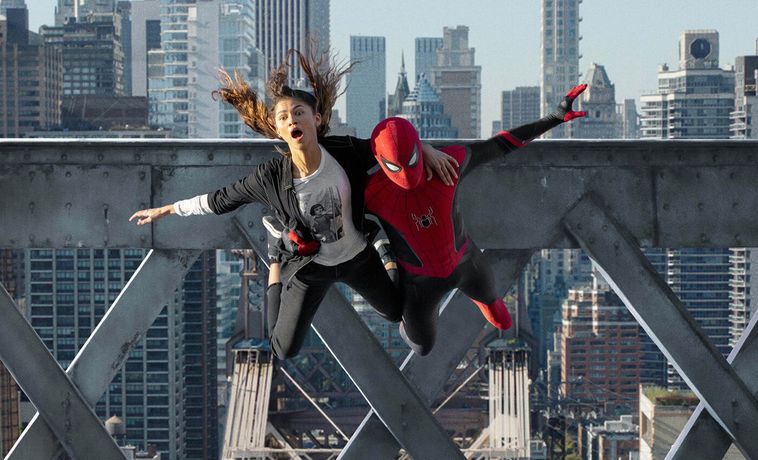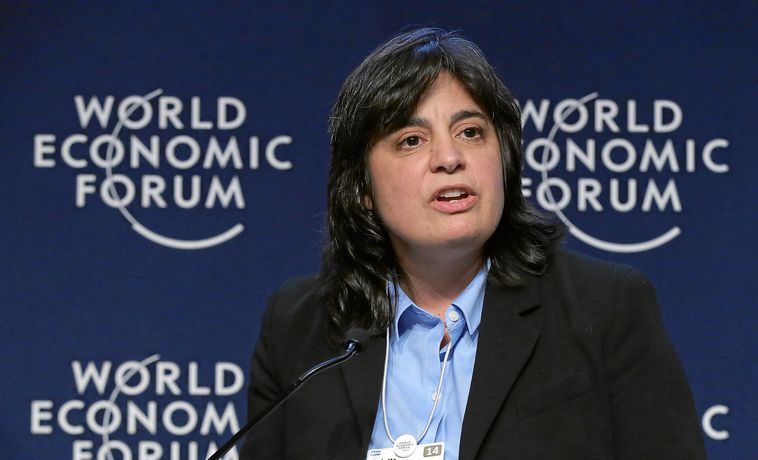‘The Deadliest Catch’ comes to COM
By Garland Waller,
Assistant Professor of Television
Paul Gasek (’82) is quite a storyteller - and he believes that storytelling is a noble art.
“Telling a story means telling a story well,” he told students in the Creative Producer, FT 325.
And with that, Gasek pressed 'play' and showed a rough cut of an episode of The Deadliest Catch, one that has not yet aired. And spoiler alert: People drink blood....
Students watched as one fisherman, trying to batten down the hatches on the fishing vessel, was slammed in the face with an iron hook.
And yes, the collision broke his nose. And yes, we got to see that up close and personal. And yes, just about everyone in the class gagged a little bit.
“Are you hurt?” screamed his shipmates as the icy waves washed over the boat.
Fade to black. Cut to commercial break.
And that’s how you tell the story. What happens next? How badly was he hurt? Stick with us through that commercial break.
Alyssa Parella, a junior, asked how or if a reality show producer makes something happen when nothing really happens.
Gasek was very clear about the difference between reality shows like The Osbornes or Rock of Love - which play fast and loose with the truth - and The Deadliest Catch, which is more documentary.
“It is about seizing the moment, capturing the dynamic of the moment,“ he said, adding that it’s not about making things up - it’s about finding the truth, and finding the drama in that. And part of that has to do with finding a good story with lots of action in the first place.
Paul talked about the production process, the hundreds (yes, hundreds) of hours of footage, the costs, the editing process – from planning and scheduling to rough cut to fine cut to pre-lock.
Indeed, he says, there are often “terrible wrangles,” but as anyone who has seen The Deadliest Catch can tell you, apparently it pays off.
In the end, the conversation centered around the importance of telling a story, finding the drama of it, and sharing that in a creative way.


